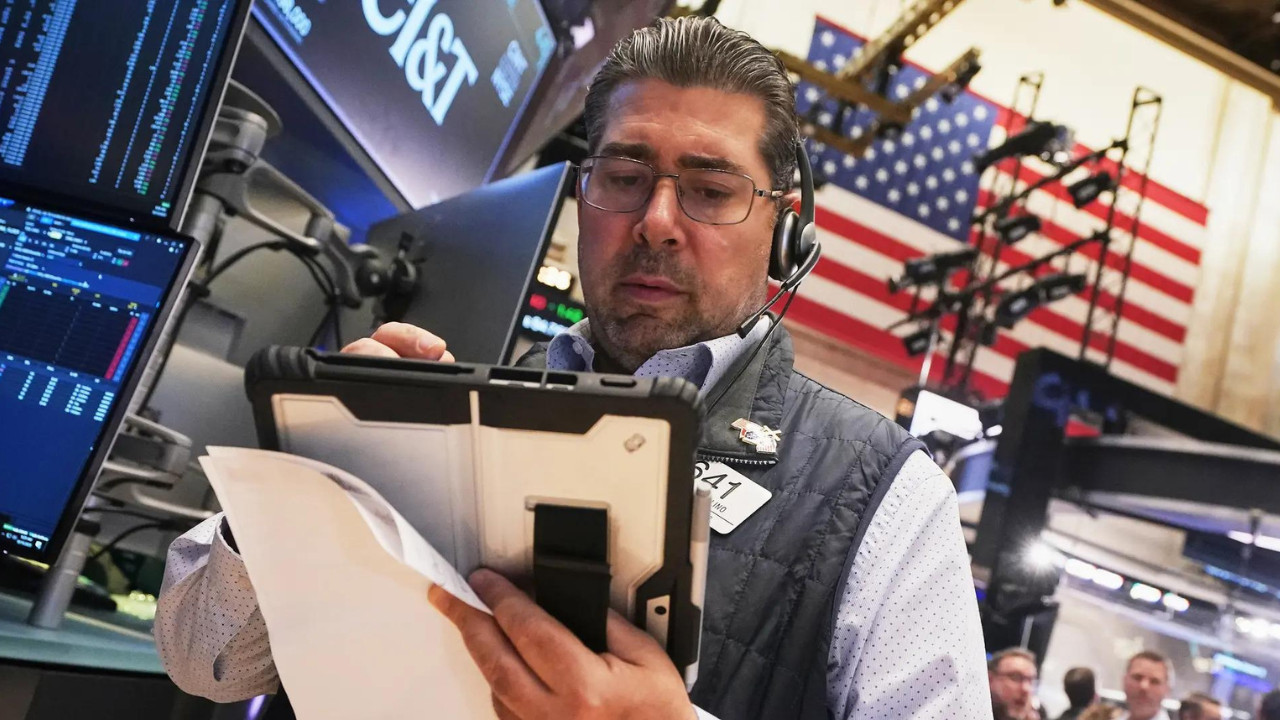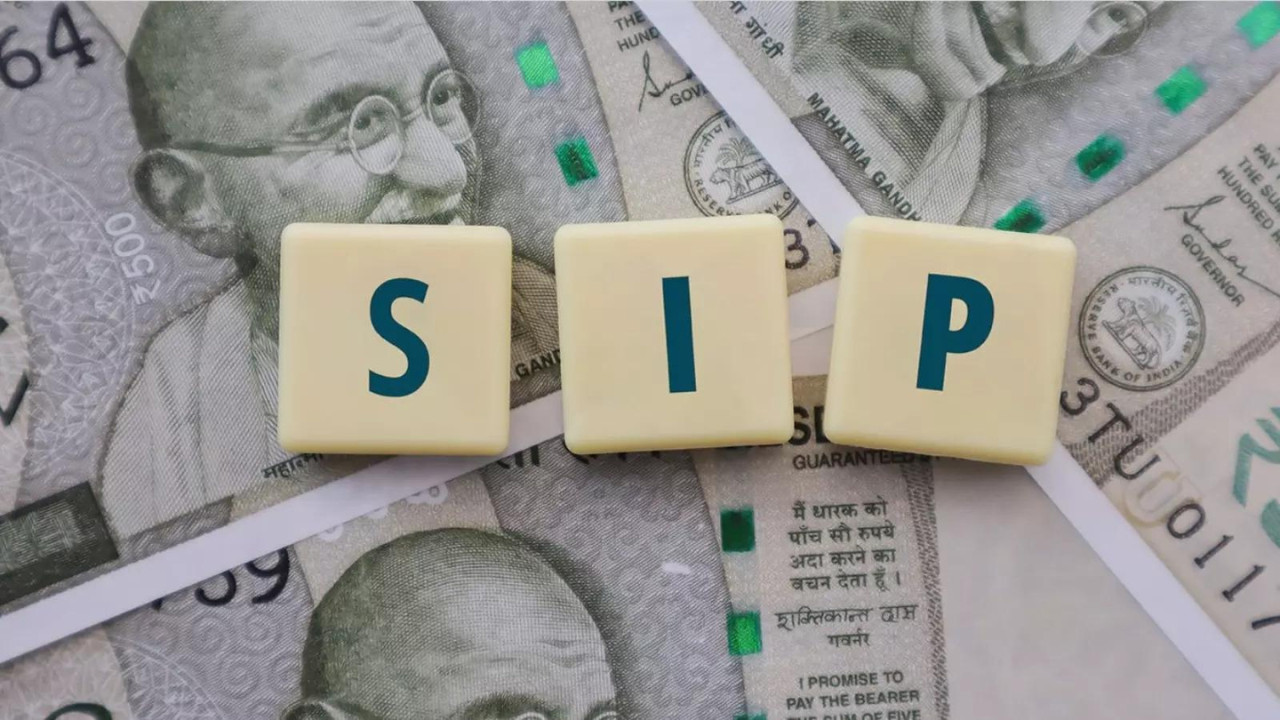India and the US are in trade agreement negotiations, aiming to boost exports and market access. India seeks exemption from US tariffs, while the nation’s economy demonstrates resilience with strong domestic fundamentals and government capital expenditure. Despite global uncertainties, India remains the fastest-growing major economy, with positive inflation outlook due to favorable monsoon forecasts and softening food prices.
India & the US: Could a Trade Tango Lead to a Booming Partnership?
The economic rumour mill is buzzing, and this time, the whispers are about a potential trade deal brewing between India and the United States. Forget dry economic forecasts – this isn’t just about numbers on a spreadsheet; it’s about the potential for a real shift in the global landscape, one that could unlock exciting new opportunities for Indian businesses and consumers alike.
The Indian Finance Ministry recently dropped a report hinting at the transformative power of such a deal. Think of it as a roadmap, not just to increased exports, but to a whole new level of economic collaboration. While specifics remain tightly guarded, the report paints a compelling picture of what could be.
Let’s break down why this is more than just another trade agreement. For years, India has been strategically building its manufacturing prowess, aiming to become a global hub for everything from pharmaceuticals and textiles to high-tech components. A strong trade deal with the US, the world’s largest economy, could be the turbo boost needed to truly launch this ambition.
Imagine Indian-made goods, previously confined to regional markets or battling fierce global competition, now gaining preferential access to the vast American consumer base. We’re talking about potential growth in sectors where India already has a strong foundation – agriculture, engineering goods, gems and jewellery, and of course, the burgeoning tech sector.
But the potential benefits extend beyond just selling more “Made in India” products. This deal could also be a catalyst for attracting significant Foreign Direct Investment (FDI). American companies, eager to capitalize on India’s skilled workforce and growing market, might find a trade deal a compelling incentive to set up shop in India, bringing with them capital, technology, and invaluable expertise. Think about it: a collaborative ecosystem where Indian innovation meets American investment, leading to a surge in research and development, new job creation, and a general upgrade of India’s industrial capabilities.
And let’s not forget the ripple effect. Increased exports translate to higher revenue for Indian businesses, leading to more investment, more hiring, and a generally more vibrant economy. This, in turn, boosts consumer spending, further fueling economic growth. It’s a virtuous cycle, and a US-India trade deal could be the initial push it needs.
Of course, crafting a successful trade agreement isn’t a walk in the park. There are complexities and potential sticking points to navigate. Issues like intellectual property rights, data localization, and agricultural subsidies are bound to be on the negotiating table. Finding common ground on these issues will require skillful diplomacy and a willingness from both sides to compromise.
One potential area of contention could be around access to India’s agricultural market. While opening up the market to US agricultural products could benefit Indian consumers through lower prices and greater variety, it could also pose challenges for local farmers who might struggle to compete with heavily subsidized American agriculture. Finding a balance that protects the interests of both consumers and farmers will be crucial.
Another factor to consider is the evolving global geopolitical landscape. As the world becomes increasingly multipolar, a strong US-India economic partnership could serve as a counterbalance to other major players, promoting stability and security in the Indo-Pacific region. This strategic dimension adds another layer of significance to the potential trade deal.
It is also vital to acknowledge this is just a report. There’s no guarantee that negotiations will be fruitful or that the resulting agreement will live up to the hype. Trade deals are complex beasts, often subject to political pressures and unforeseen circumstances. The key will be ensuring that any agreement reached is truly mutually beneficial, creating a win-win scenario for both countries.
Ultimately, the possibility of a comprehensive trade deal between India and the US is a beacon of hope for a more dynamic and interconnected global economy. It’s a chance to unlock India’s immense potential, strengthen its economic ties with a crucial partner, and contribute to a more prosperous future for both nations. The coming months will be crucial as negotiators attempt to forge a path towards a deal that benefits everyone involved. The world will be watching closely to see if this potential economic tango can blossom into a long-lasting and mutually rewarding partnership.
📬 Stay informed — follow us for more insightful updates!







